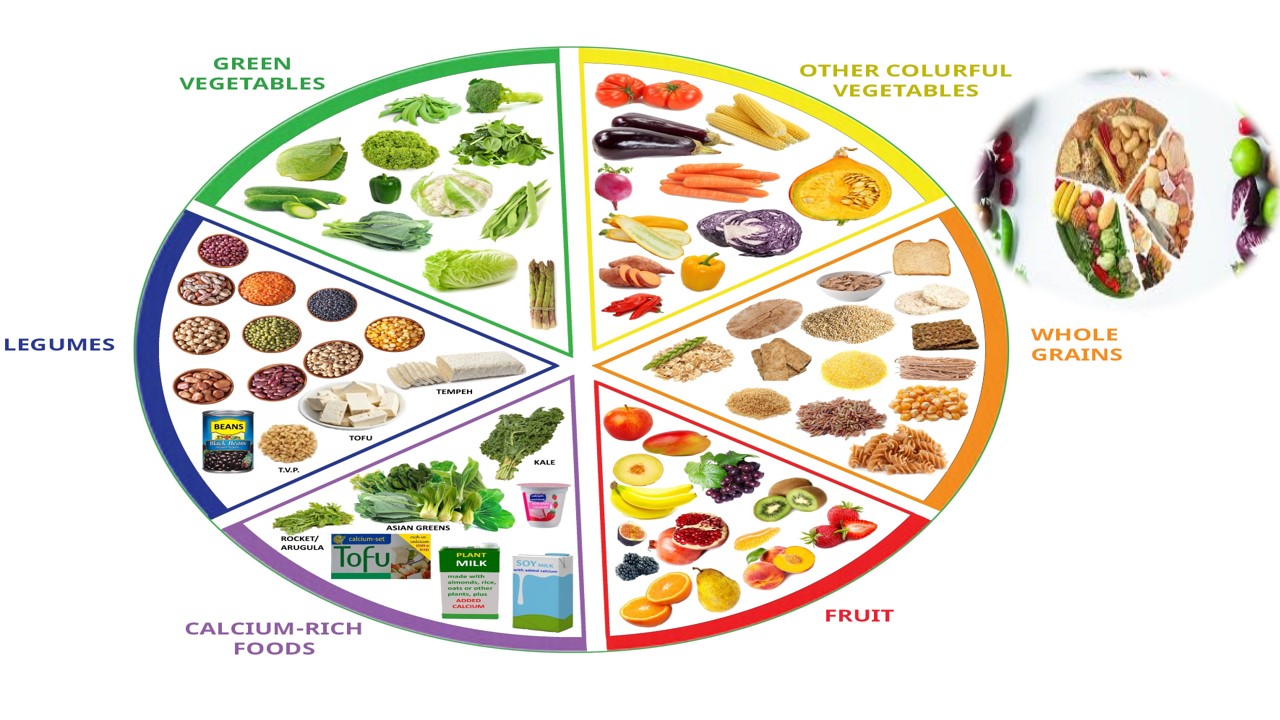Maintaining a healthy lifestyle is paramount, and at the core of it lies a balanced diet. Creating a balanced diet chart and incorporating it into your life is crucial for your physical and mental well-being. In this article, we will delve into the importance of a balanced diet and how to create a diet chart that helps you achieve optimum health.
What is a Balanced Diet?
A balanced diet is one that provides all the essential nutrients that our body needs to function properly. It includes a mix of carbohydrates, proteins, fats, vitamins, and minerals in the right proportions. A balanced diet ensures that you get the necessary energy and nutrients for your daily activities.
Components of a Balanced Diet
- Carbohydrates: These are the primary source of energy. Include whole grains, cereals, and fruits in your diet.
- Proteins: Essential for muscle and tissue repair. Lean meat, fish, eggs, and legumes are good sources.
- Fats: Healthy fats, such as those from nuts, seeds, and avocados, are crucial for overall health.
- Vitamins and Minerals: Ensure you get a variety of fruits and vegetables for a wide range of nutrients.
- Fiber: Found in fruits, vegetables, and whole grains, fiber aids digestion.
Benefits of a Balanced Diet
Maintaining a balanced diet chart can have numerous positive effects on your health, including:
1. Weight Management
A balanced diet can help you maintain a healthy weight. It provides the right amount of calories without overloading you with excess fat or sugar.
2. Improved Digestion
Fiber-rich foods in a balanced diet promote better digestion and prevent digestive issues.
3. Enhanced Energy Levels
The combination of carbohydrates and protein ensures a steady supply of energy throughout the day.
4. Strong Immune System
Vitamins and minerals in a balanced diet boost your immune system, making your body more resilient to illnesses.
5. Healthy Skin and Hair
Nutrient-rich foods contribute to clear, radiant skin and lustrous hair.
Creating Your Balanced Diet Chart
Designing your personalized diet chart involves considering your age, sex, activity level, and any specific dietary needs. Here’s a basic structure to get you started:
Breakfast
- A serving of whole-grain cereal or oats
- Greek yogurt with berries
- A glass of fresh orange juice
Snack
- A handful of mixed nuts
- A piece of fruit
Lunch
- Grilled chicken or tofu salad with a variety of vegetables
- A whole-grain roll
Snack
- Carrot and cucumber sticks with hummus
Dinner
- Baked salmon or a plant-based protein source
- Quinoa or brown rice
- Steamed broccoli and carrots
Dessert (in moderation)
- Dark chocolate or a small serving of fruit
Conclusion
A balanced diet is the cornerstone of a healthy life. It provides your body with the right nutrients, keeps your energy levels stable, and supports overall well-being. Designing a personalized balanced diet chart is an excellent way to ensure you’re on the right path to good health.
Frequently Asked Questions
1. Can I customize my balanced diet chart based on my preferences?
Absolutely! Your balanced diet chart should be tailored to your taste and dietary requirements. Just ensure it includes a variety of food groups.
2. Is it necessary to consult a nutritionist to create a balanced diet chart?
While it’s not mandatory, consulting a nutritionist can help you create a chart that perfectly suits your needs and goals.
3. How can I maintain a balanced diet while dining out?
When eating out, look for menu options that include a variety of vegetables, lean proteins, and whole grains. You can also ask for substitutions if needed.
4. Can I lose weight with a balanced diet?
Yes, a balanced diet can help you lose weight by controlling your calorie intake and providing essential nutrients for your body.
5. Are cheat days allowed in a balanced diet?
Occasional indulgence is acceptable. It’s important to enjoy your favorite treats in moderation to maintain a balanced diet effectively.
